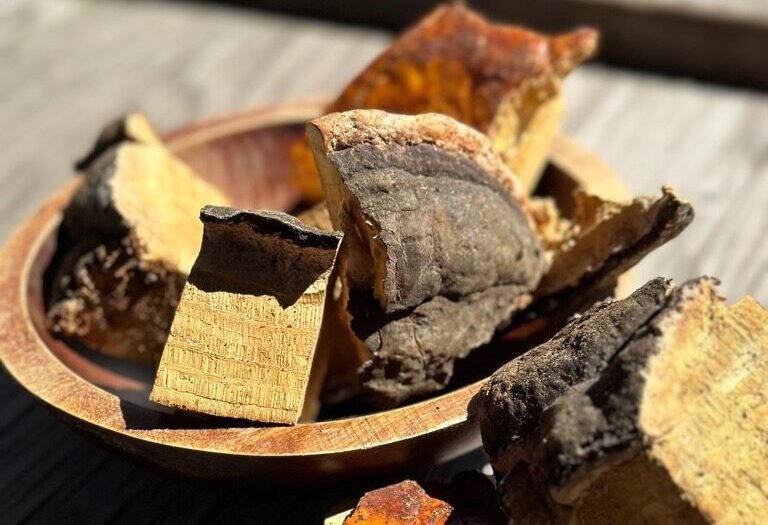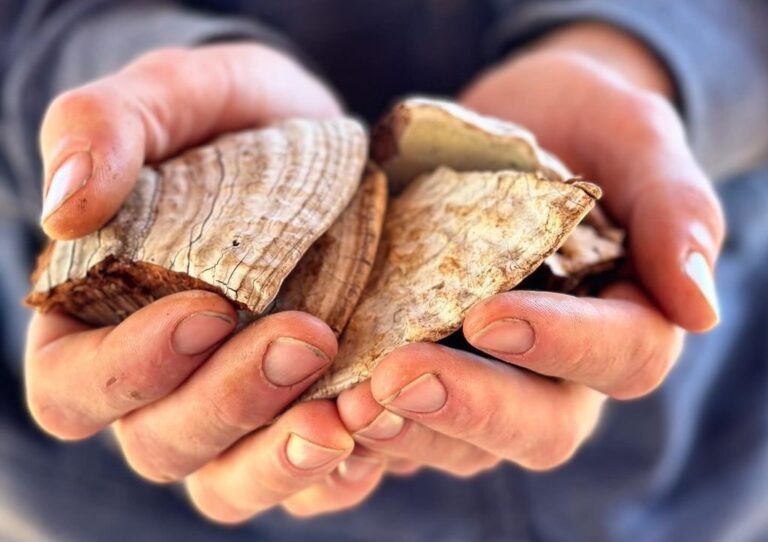- Plant to extract ratios do not completely describe botanical extracts
- Quality of raw starting material
- Extraction solvent
- Extraction time
- Extraction temp
- Type and % of excipients
- Crude botanical extracts without an excipient are called native or genuine extracts
- Excipients are often added to
- Improve material handling characteristics
- To standardize constituent concentrations
- Excipients are often added to
- DER (Drug to extract ratio) ratio of starting material to native extract
- Why are extracts made?
- Concentrate desired constituents
- Decrease content of unwanted constituents or impurities
- Improve shelf life
- Standardize material
- Marker Compounds are constituents that may or may not be associated with therapeutic activity and are used as process controls (beta glucans!)
- May help demonstrate identity when specific to the botanical raw material
- May not vary in proportion with other compounds of greater importance relative to therapeutic activity, due to
- Genetics
- Growing conditions
- Stability during processing
- Stability during storage
- Relationship between identified constituents to an extracts biological activity is rarely clear due to complexity of botanical extracts
- A native extract ratio of 10:1 means 10g of dried raw material was used to produce 1g of native extract
- Biggest misconception is that a higher ratio represent a stronger or “better” extract
- YIELD DEPENDS ON EXTRACTION PROCESS
- Amount of extractable material
- Most dry botanical materials have an extractable biomass of 10-25 % 10:1 and 4:1 respectively. If 100% of the biomass was converted to dry extract that would be 1:1
Best practice:
Quantity of genuine extract: ex 80 %
DER genuine: 3-6:1
Other Excipients: 20 %
Extraction Solvent: Ethanaol 70 % V/V
Microencapsulation of Oleoresin (from garlic) using maltodextrin- optimal 10 % garlic 60 % maltodextrin at 200C https://sci-hub.se/10.1016/j.ijbiomac.2014.08.011
Microencapsulation of Anthocyanins (from black glutinous Rice)
https://www.mdpi.com/2304-8158/13/9/1326
Starch/Beta Glucans https://www.nammex.com/beta-glucan-breakdown-digesting-the-power-of-mushrooms/
Starch –is a polysaccharide comprising glucose monomers joined in α 1,4 linkages
Cyclodextrins- α-1,4-glycosidic bonds, with three major variants – α-, β-, and γ-CDs – comprised of six, seven, and eight d-glucose units, respectively.
AOAC (Association of Official Analytical Chemists) starch test enzyme hydroloysisi test
B-glucans a Polysaccharide composed of glucose joined at β-linked d-glucose molecules linked to one another by 1–3 glycosidic chain with 1–6 glycosidic branches. (1-6 chains tend to be longer in yeast)
Mushroom beta glucans typcially have a branched structure with both 1,3 and 1,6 linkages where beta glucans from cereals tend to be more linear and contain more 1,4 linkages


